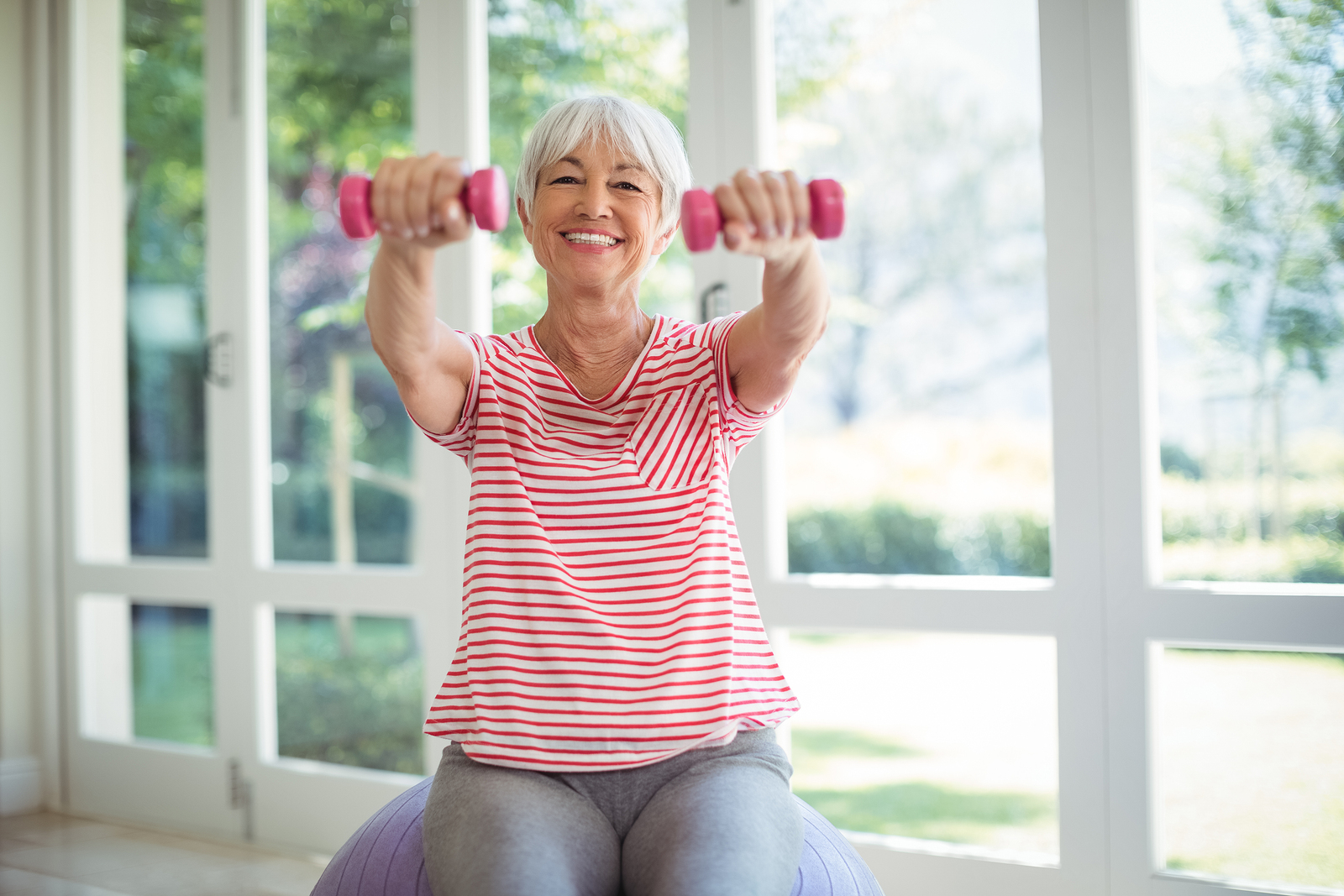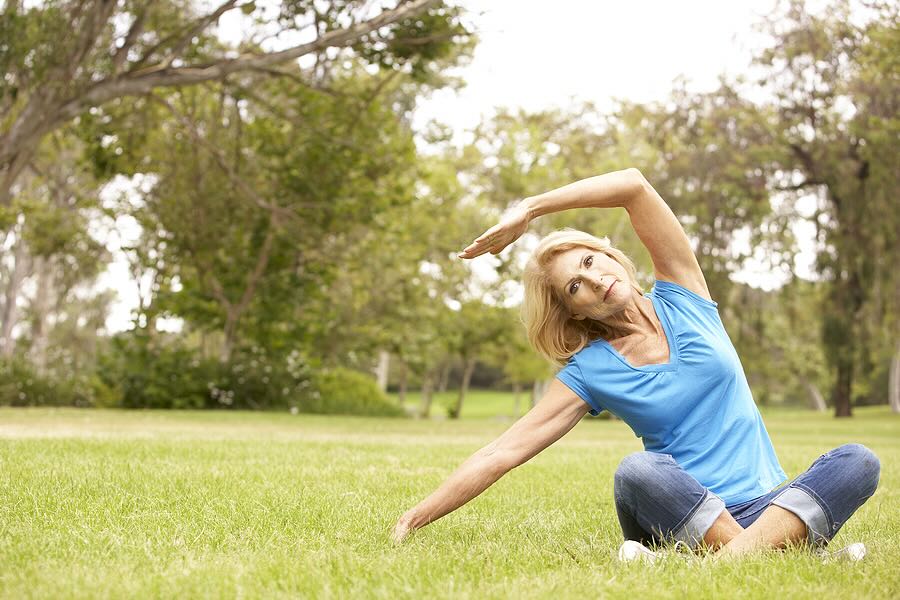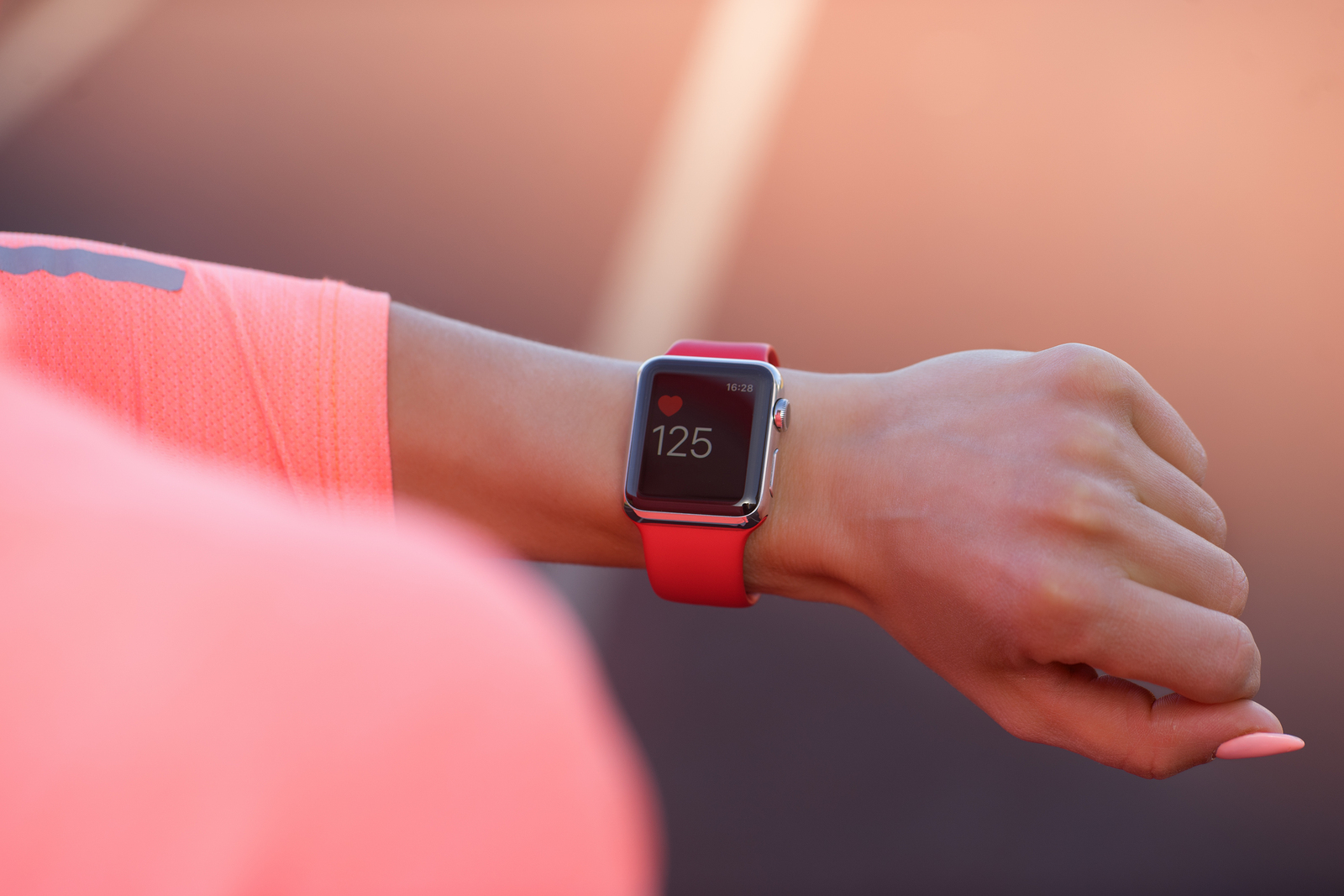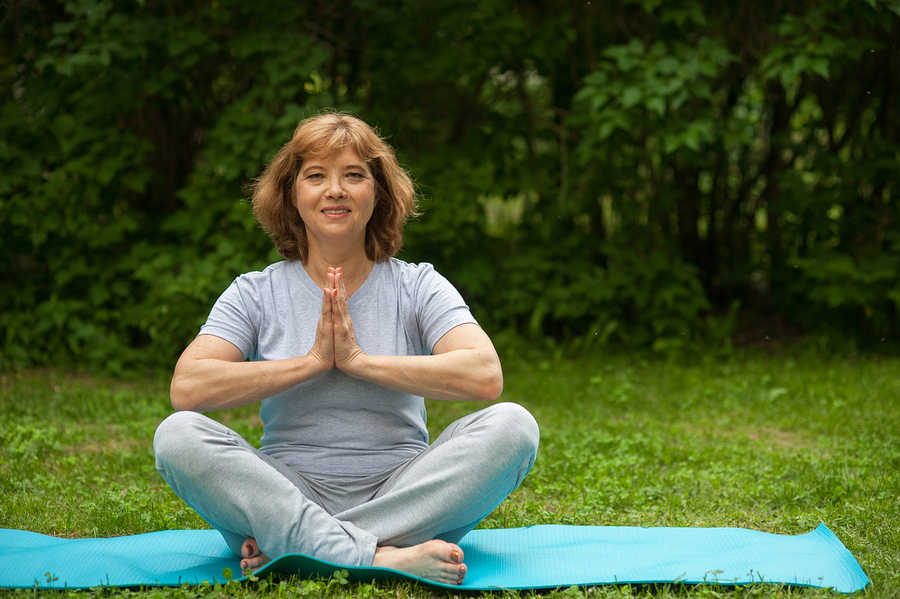In a recent article, I talked about finding the ideal exercise for your own personal circumstances. Have you given that some thought yet? I hope so! And if you’ve actually given some activities a try, what I’m about to tell you might not come as much surprise – you probably experienced it first hand!
I’ve talked a lot about the documented health benefits of regular exercise. But did you know that there are significant mental health benefits to being physically active as well? That’s right – exercise and happiness are connected.
So many people are talking about happiness these days. Our society has finally started to recognize that happiness and good health go hand in hand. That means people are talking about how we can boost our own happiness.
So many factors can impact your emotional health, knocking you off balance until you end up feeling worn out, anxious and upset all the time. Women are often in my office wondering why they feel so emotionally unstable. When we start to talk about what’s going on in their lives, their stories are so similar. Too often, these women are knocking themselves out trying to take care of everyone around them, and something has to give. Usually that means they don’t take any time for themselves. When that happens, stress begins to take its toll, and soon they’re experiencing feelings of anxiety, depression, or general sadness or discontent.
Feeling that way for too long can lead to a very dark place that hard to climb out of. You might find yourself tempted to hide, spending any down time you have in bed or on the couch. You might even tell yourself that’s what your body needs. But while rest is important, you’ve probably noticed that too much inactivity leaves you feeling even more tired and blue.
Being active might be the last thing on your mind, but what if I told you that even finding small ways to increase your activity on a regular basis could make a huge impact on the way you feel? Let’s take a look at why, and then I’ll give you a few quick tips to start moving more.
The Science Connecting Exercise and Happiness
Have you heard about the mind-body connection? It’s so important to realize that what you do with your body can have real, significant impacts on how you feel. There’s a great deal of research that supports the positive relationship between exercise and happiness.
A new review of existing studies on exercise and happiness made headlines earlier this year, with stories in Newsweek, the New York Times, and on CNBC among other outlets. In this review, authors discovered that there was a 52 percent higher odds ratio of being happy for very active people, compared to 30 percent for sufficiently active people, and 20 percent among those classified as insufficiently active.
While the authors were careful to say that a causal relationship couldn’t be proven due to the observational nature of many of the studies and other factors, there was a consistent positive connection between exercise and happiness in the reviewed research.
To me, it’s clear that exercise can make a difference. Here are some of the key ways that physical activity can impact your mood.
Promoting Better Sleep
When I don’t get enough sleep, I can feel the difference in my mood immediately. I’m sure you’ve felt it too. And science backs up my personal experience. Studies have shown a connection between poor sleep and irritability, and chronic insomnia has been connected to the development of mood disorders.
Evidence that exercise improves sleep quality is mounting, and exercise is seen as an effective way to treat disturbed sleep without the use of medication. There’s a cyclical relationship at play, meaning poor sleep could make it harder to stay active during the day, which in turn makes it harder to sleep at night. It’s important to understand this so you can break the cycle by staying active even when you’d rather lie on the couch or crawl into bed mid-day.
A 2013 poll by the National Sleep Foundation turned up some interesting self-reported results. More than 75% of people who said they exercised said they had sleep quality that was fairly good or very good, while ¼ of non-exercisers were qualified as “sleepy” using a standard screening measure. And it didn’t seem to matter when the exercise occured; better sleep was reported regardless of when the activity took place.
Related article: Fight Off Stress Induced Sleeplessness – Naturally!
Combatting Depression and Anxiety
When women tell their health care practitioners they feel anxious or depressed, all too often the first response is a prescription. I prefer to understand the root causes of symptoms and rule out other options before trying medications that might have serious side effects. There’s evidence that exercise can both reduce the risk of developing anxiety and depression, as well as be an effective method of treatment for mild to moderate major depressive disorder. An article from Harvard Health stated that there’s evidence that exercise can be as effective as antidepressants in some cases. That’s why I always suggest my patients move more as a first course of action.
Brain chemistry also plays a role in they way that exercise impacts mood. Exercise has been shown to increase dopamine receptors, which sends more “feel good” signals to the brain.
Related article: Dopamine and Serotonin – The Happy Hormones!
Reducing Stress
I’m sure you’ve heard about how stress can impact your health – and that includes mental health! Exercise is demonstrated to help your body deal with the stress by reducing cortisol levels. And the chemical changes aren’t the only stress relief exercise promotes. Regular activity can also clear your mind of problems, offer social connection, and promote self-esteem and self-control. Each of these things can help lighten your emotional load, and combined can really have an impact on how happy you are.
How Much Activity is Necessary to Boost Happiness?
If you’re worried that you’ll need to find hours to devote to exercising in order to reap the benefits to mood, you needn’t be. That University of Michigan review I talked about earlier found that as little as 10 minutes per week of any type of physical activity can significantly increase your odds of feeling happy. That’s great news for the perpetually overwhelmed, or anyone who hates traditional exercise. Even the busiest person should be able to find ten minutes in their week to get up and move somehow.
And the effects of a little exercise can be long lasting. A study out of the University of Vermont found that 20 minutes of exercise can bring benefits to mood for up to 12 hours.
Of course, more movement can lead to even greater happiness, and once you realize how good it can feel to move, you just might not want to stop. Especially if you find something you love to do. In that review, results indicated that people following the standard American and European recommendation to exercise at least 30 minutes most days were approximately 30% more likely to consider themselves happy than those who did not.
If traditional exercise doesn’t appeal to you, you’ll love this news: A recent research study indicated that even non-exercise physical activity can make people feel happier. That means no more excuses! All you need to do is stand up and walk around your home or office and you’ll feel better. What better reason to find ways to incorporate more movement into your everyday activities?
Quick Ideas to Get You Moving More Today
Now that I’ve told you how exercise and happiness are connected, are you ready to get moving? Here are some quick ideas to get you started:
- Park as far away as possible. Stop circling the lot for the closest possible space. When you park on the opposite end of the lot, you’re well on your way to that 10 minutes of physical activity!
- Get up and dance. Music is also a great mood booster, so put on your favorite station, stand up and let yourself go. You don’t need a partner, and you don’t have to be good at it – especially if you’re in the privacy of your own home.
- Take the stairs. I know, you’ve heard this over and over again. That’s because it’s a simple way to get a little movement in and raise your heart rate a bit. Even a few flights per day can make a big difference.
- Combine TV time with movement. There’s no need to flop on the couch to enjoy your favorite show. Set up a treadmill or exercise bike in your TV room, or simply walk in place while you watch. Start with stretching or moving during ads, and work your way up to the whole duration of the show.
- Mow the lawn, dig in the garden, or rake some leaves. Not only is the movement a mood booster, but the time outdoors can make you feel great as well!
Enjoy a Happier, Healthier Life When You Get Up and Move!
There are so many ways to move, and the benefits of doing so are tremendous. And you don’t have to run a marathon or go to the gym every single day to reap these benefits. Start small, and try interval training if you want to increase your endurance – move hard for 30 seconds, then ease up for a minute, repeating the cycle several times.
I’ve talked a lot about ballroom dancing because I love everything about it, especially the way it makes me feel. No matter what my mood is when I get to a dance, when I leave I’m always smiling. Dancing might not sound at all appealing to you, but think about an activity you’ve always loved – or always wanted to try. Now is the perfect time to start moving towards better health and the happiness you deserve!
Resources:
https://www.rd.com/health/healthcare/rise-up-against-sitting-disease/
https://science.howstuffworks.com/life/exercise-happiness.htm
https://www.happify.com/hd/exercise-and-happiness-infographic/
https://www.nytimes.com/2018/05/02/well/move/even-a-little-exercise-might-make-us-happier.html
http://totalwellnessmagazine.org/move-well/the-science-behind-happiness-and-exercise








